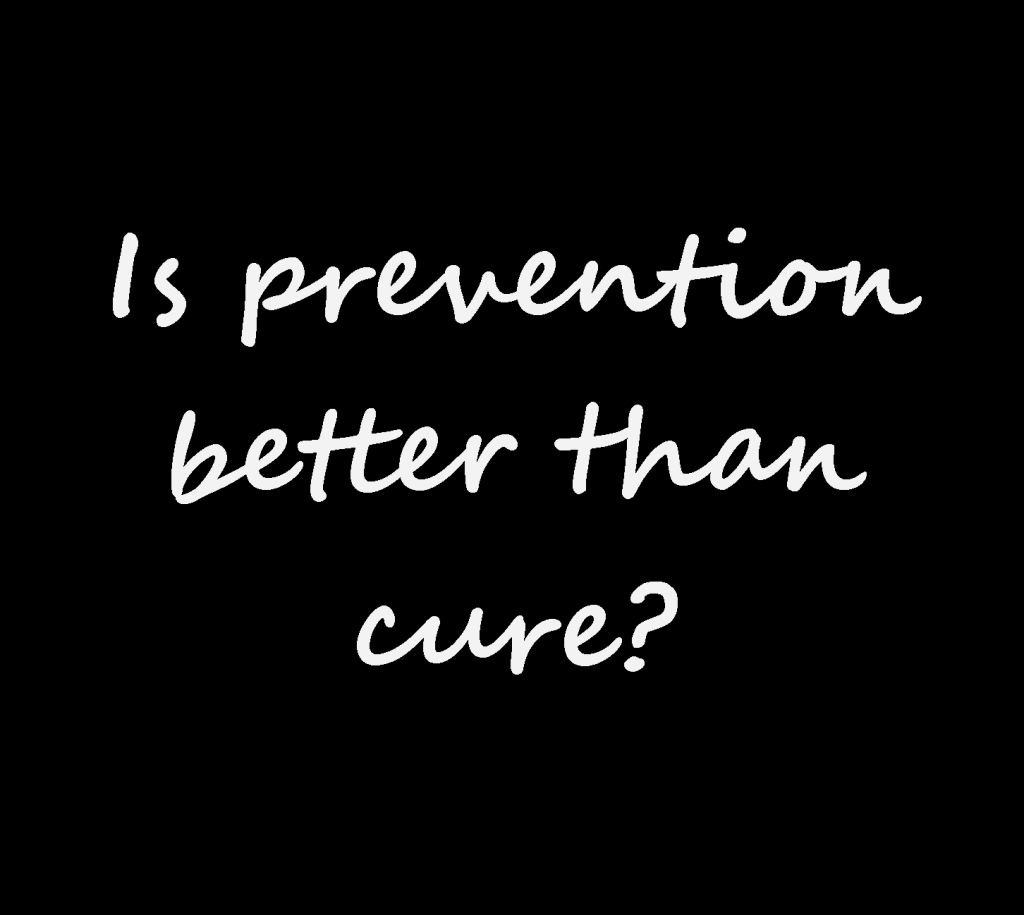In recent years ‘Preventative Expenditure‘ (PE) has gained a high level of political consensus. There are many definitions, and this imprecision has resulted in departments sometimes claiming that all of their expenditure is preventative. Generally speaking, PE seeks to reduce public spending by investing early before problems become too severe and expensive to address. Those on the left view it as a way to reduce poverty, while those on the right view it as a way to reduce economic inactivity and ultimately service provision costs. While the idea that ‘prevention is better than cure’ is generally accepted, government’s funding of public services has rarely followed the maxim. Recent reports in the United Kingdom (UK) have identified a number of barriers when governments introduce a preventative approach, some of which are explained here.

Negative expenditure
A report produced in 2011 for the Scottish Executive, classified 40% of public spending as ‘negative’, i.e. used to deal with the consequences of social problems, rather than prevent them. Although the figure was widely accepted, research has suggested that there was no evidential base for the calculation. Further research has tried to identify the amount spent on PE by the public sector, but data limitations have restricted such attempts, making them largely unsuccessful.
Lack of robust evidence base
Commentators agree that a lack of robust evidence is one of the main barriers to introducing preventative strategies, especially practitioners within Northern Ireland (NI). This is a problem since it is only through robust evidence on effectiveness that funders can prioritise funding for the most effective initiatives.
Funding
Since public funding is a limited resource, its allocation to preventative strategies may necessitate redirecting funding away from acute to preventative services. Such an expenditure shift is contrary to the view of the state as a ‘safety net’. For this reason, governments are likely to face opposition if they divert money into services with a less visible profile and measureable outcomes, e.g. health promotion, at the expense of hospital waiting lists. Practitioners suggest the following approach to address the issue:
- Front–loading funding – to finance acute and preventative services to run in parallel for a short time;
- Greater clarity about the impact of preventative services to prove that they lessen the need for acute services over time.
Both of these actions, however, may require additional expenditure.
Short political timescales
Political cycles normally operate over five years, which provides an incentive for governments to invest in initiatives that show short-term results. PE has a long-term focus, with any savings accruing outside the political cycle. There may be little incentive therefore for governments to develop strategies that may benefit their successors.
Misalignment between costs and benefits
The public sector splits people into component parts: while one department deals with health, another deals with education, etc. However, people by nature are more complex than this, and the issues that affect them are often interrelated.
Currently public bodies have little incentive to work together to implement preventative approaches that yield cost savings to another department’s budget. But the cross-cutting nature of most preventative activity may be achievable only if there is real integration of budgets.
Additionally, budget holders do not necessarily benefit from cashable savings related to one fewer hospital patient. Hospital overheads remain and the place freed up by the intervention is likely to be filled by the next person on the list. While this is a positive outcome for the individual concerned, there is no money released from the hospital’s perspective, which could be used to help fund the initiative.
Leadership and vision
Literature suggests that strong leadership and vision are needed to redefine, introduce and implement a more proactive culture in government planning – in terms of both policy and expenditure – especially in the context of tighter budgets. Academics argue that a move away from the reactive culture is critical to extending PE strategies, to better equip government in addressing societal needs.
Targeting interventions
It can be easier to identify and deal with the results of a problem, rather than isolate its cause. One academic has identified some problems as ‘wicked’ in that they seem intractable or too big and interconnected, challenging the development of simple straightforward solutions.